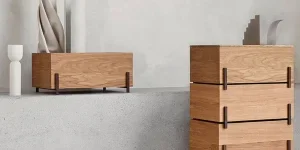In the realm of organizational efficiency and space management, the selection of appropriate storage boxes and bins stands as a cornerstone for maintaining a streamlined and productive environment. As 2024 approaches, the diversity in the types and applications of these storage solutions broadens, offering innovative ways to cater to various needs across multiple settings. From robust plastic bins capable of withstanding the rigors of an industrial workspace to aesthetically pleasing fabric boxes designed to enhance the decor of a home office, the right choice in storage containers not only aids in decluttering spaces but also in preserving the integrity and accessibility of stored items. This evolution in storage options underscores the importance of informed selection, ensuring that each storage decision aligns with specific organizational goals and environmental demands.
Table of Contents
1. Diverse types and practical uses of storage solutions
2. Analyzing the storage container market in 2024
3. Criteria for selecting optimal storage options
4. Highlighting leading storage models and features
1. Diverse types and practical uses of storage solutions
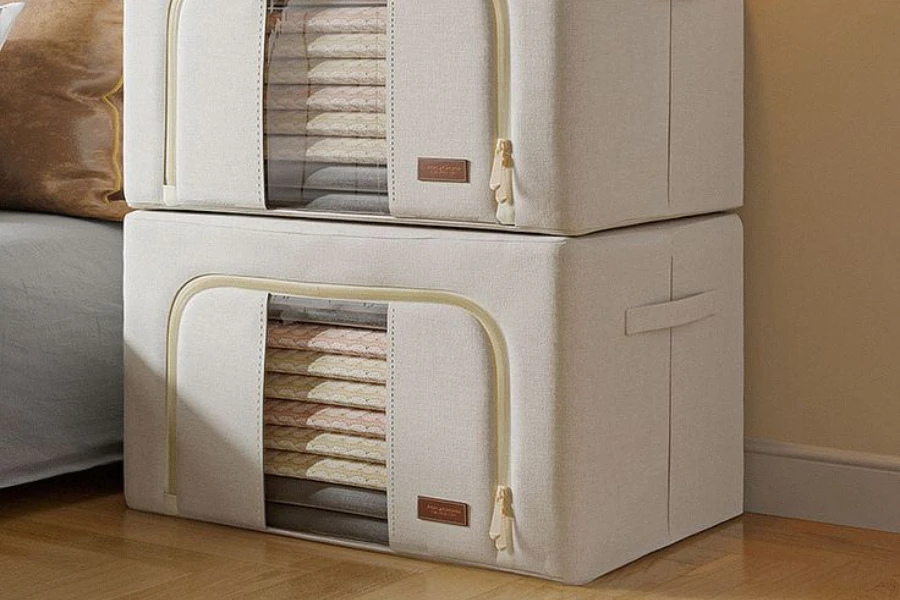
Diverse types and practical uses of storage solutions form the backbone of effective organization within professional settings. As the selection and application of these solutions become increasingly critical, understanding the spectrum of available storage containers—each with its unique properties—becomes paramount.
Exploring varieties of storage containers
Storage containers can broadly be categorized into three main types: plastic bins, fabric boxes, and metal crates. Each category offers distinct advantages tailored to different organizational needs. Plastic bins, known for their durability and versatility, are the stalwarts of storage solutions. They come in a myriad of sizes and are particularly valued for their resistance to moisture and ease of cleaning, making them ideal for both office and industrial use.
Fabric boxes add an element of aesthetic appeal with their varied textures and colors. They are often employed in settings where the visual integration of storage solutions into the decor is important, such as in home offices or retail spaces. These containers are lightweight and often collapsible, offering a blend of convenience and style.
Metal crates, on the other hand, stand out for their strength and security. With the ability to bear heavier loads, these crates are a go-to for industries requiring the storage of heavy or valuable items. Their robust nature ensures that contents are not only organized but also protected from external pressures.

Practical applications in various settings
The application of these storage solutions across different environments underscores their versatility. In the home office, fabric boxes can serve to keep work materials accessible yet unobtrusive, blending seamlessly with the interior design. Plastic bins, with their stackable nature, offer a way to maximize vertical space in storerooms or garages, keeping tools and seasonal items neatly tucked away yet easily retrievable.
In more demanding industrial settings, metal crates provide the necessary durability to store heavier equipment or materials, ensuring they are safeguarded against damage. The use of such containers can significantly enhance workflow efficiency by ensuring that items are well-organized and protected.
The strategic selection of storage containers based on their specific properties and the requirements of the setting can dramatically impact the effectiveness of organizational efforts. It’s not merely about finding a place to store items but choosing the right container to enhance accessibility, protect contents, and maintain order in various professional environments. By carefully considering the unique advantages of plastic bins, fabric boxes, and metal crates, entities can tailor their storage solutions to meet diverse needs, fostering an organized, efficient, and aesthetically pleasing workspace.
2. Analyzing the storage container market in 2024
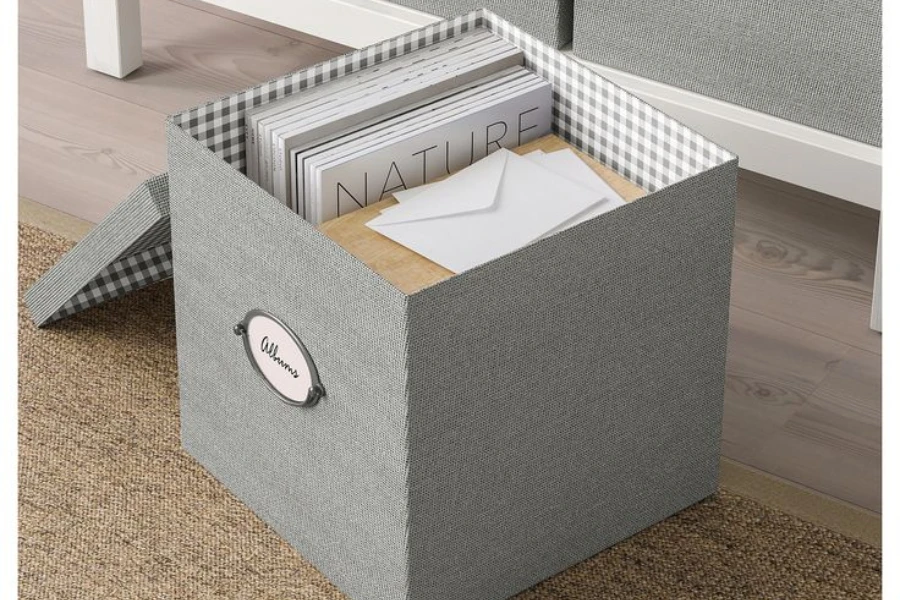
The landscape of the storage container market in 2024 has evolved significantly, reflecting broader societal and technological shifts. Entities looking to optimize their storage solutions must navigate these changes adeptly, ensuring they align with current trends and advancements.
The storage boxes and bins market is projected to reach $61.56 billion by 2028. This growth is anticipated at a compound annual growth rate (CAGR) of 8.1%. Parallelly, the paper packaging market, which includes various types of storage boxes, is forecasted to expand at a CAGR of 3.9% from 2023 to 2028. Moreover, the active packaging market, incorporating specific storage containers, is expected to grow at a CAGR of 6.6% from 2022 to 2027. These figures underscore the dynamic growth within the storage boxes and bins market and its related sectors, propelled by the burgeoning e-commerce sector, sustainability drives, and advancements in automation within warehousing and logistics.
Current trends and consumer preferences
Sustainability has emerged as a pivotal trend, shaping consumer preferences in the storage container sector. Individuals and organizations alike are increasingly prioritizing products made from recycled materials or designed with eco-friendly practices in mind. This shift is not merely a matter of environmental responsibility but also reflects a broader expectation for products that support a sustainable lifestyle.
Smart storage solutions are also gaining traction, combining functionality with digital technology to enhance user experience. Containers equipped with IoT capabilities, allowing for the tracking and monitoring of contents through mobile applications, represent a significant leap forward. These innovations cater to a growing demand for efficiency and connectivity, offering unprecedented ease in managing stored items.
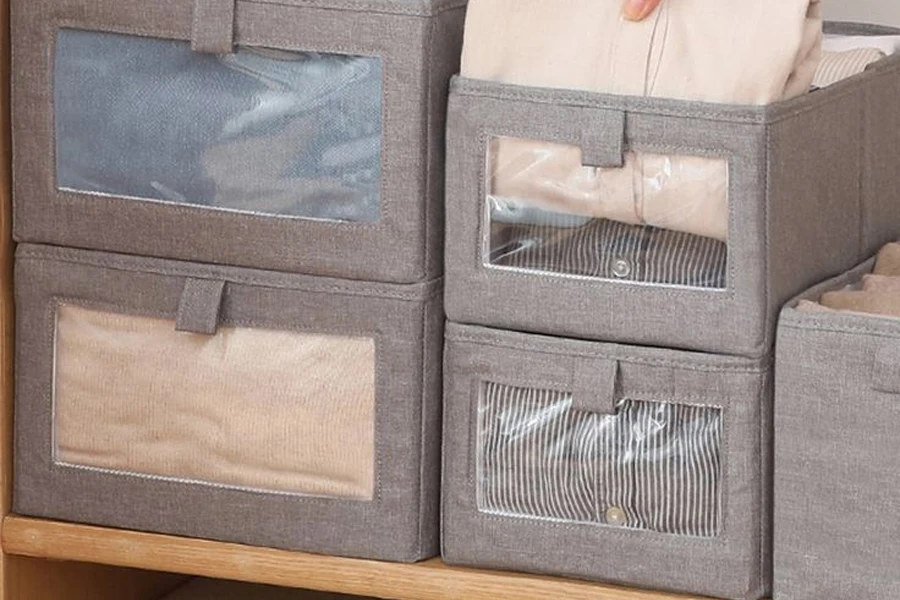
Impact of technological advancements
The influence of technological advancements on the storage container market cannot be overstated. New materials that offer improved durability, environmental resistance, and lightweight properties are becoming increasingly common. These materials extend the lifespan of storage products and broaden their applicability across various conditions, from extreme temperatures to high-moisture environments.
Design technology has also seen notable progress, with 3D printing and modular design concepts leading the way. These advancements enable the customization of storage solutions to fit specific spaces or purposes, challenging the one-size-fits-all approach that has dominated the market for decades. Furthermore, the integration of technology into storage designs, such as embedded sensors for humidity control or security locks operable via smartphones, adds a layer of functionality that was previously unattainable.
The storage container market in 2024 is characterized by a keen focus on sustainability, technological integration, and material innovation. These trends and advancements are setting new standards for efficiency, convenience, and environmental stewardship in storage solutions. For entities in the field, staying abreast of these developments is crucial to making informed decisions that align with modern organizational needs and consumer expectations.
3. Criteria for selecting optimal storage options
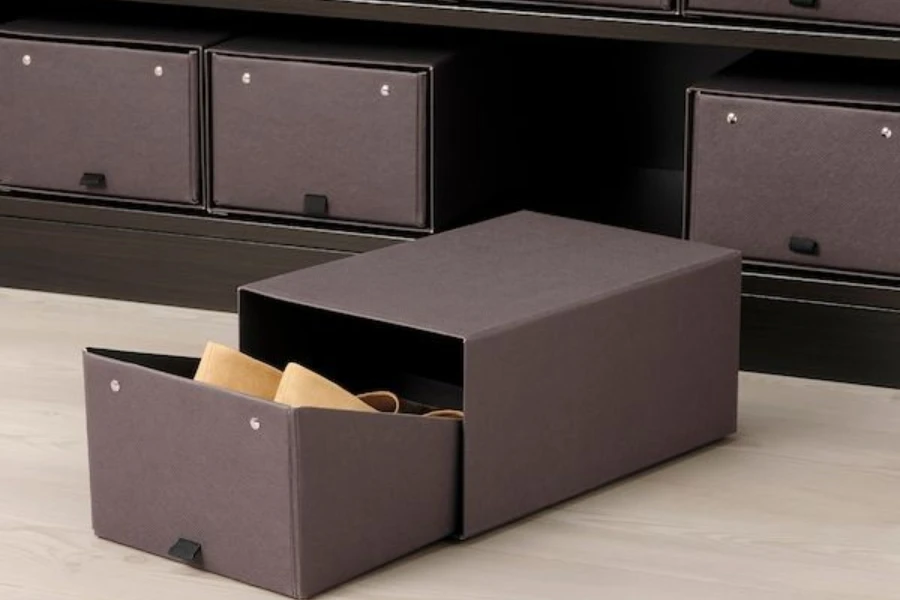
Selecting the optimal storage options requires a careful consideration of various factors to ensure the choices align with the intended purpose and environment. Identifying the right materials, sizes, and designs plays a pivotal role in maximizing efficiency and aesthetics.
Evaluating material and durability
Material quality directly impacts the durability and longevity of storage containers. For environments subjected to frequent changes in temperature or moisture levels, selecting containers made from high-density polyethylene or other robust materials can prevent damage and preserve the container’s integrity over time. In settings where chemical exposure is a possibility, materials resistant to corrosion ensure safety and durability. It’s essential to match the material properties with the specific storage conditions to guarantee long-term utility and protect the contents effectively.
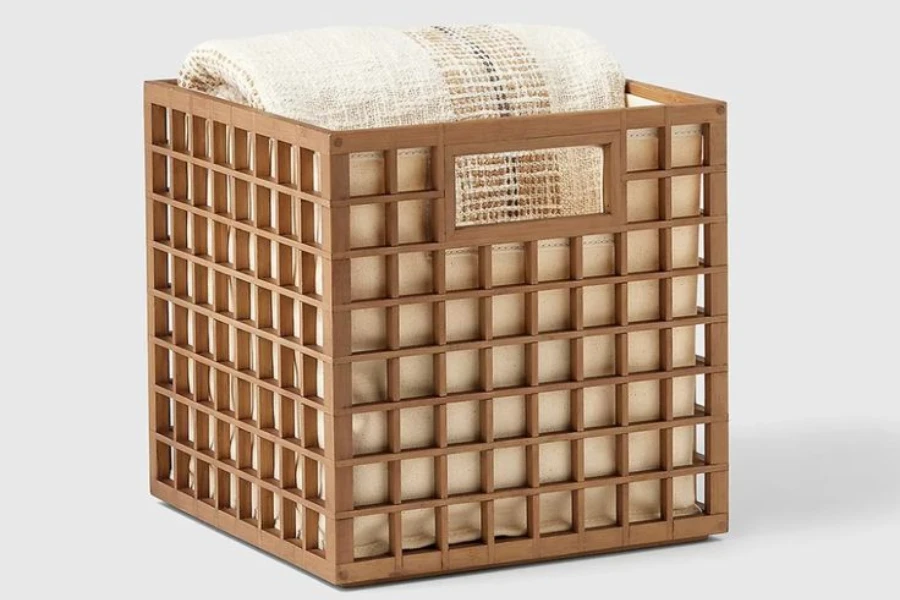
Considerations for size and capacity
Size and capacity determination is crucial for optimizing space and meeting storage needs precisely. In spaces where square footage is at a premium, selecting containers that can be easily stacked or nested can make a significant difference. For bulk storage needs, large containers with a high capacity might be necessary, but it’s important to consider the weight of the filled container and whether it will be moved frequently. For specialized storage, like files or small items, containers with compartments or dividers offer an organized solution that maximizes space and efficiency.
Assessing design and aesthetic appeal
While functionality is paramount, the design and aesthetic appeal of storage containers cannot be overlooked, especially in customer-facing or residential environments. Containers that blend seamlessly with the decor or contribute to a cohesive aesthetic can enhance the overall look of a space. For professional environments that prioritize branding, containers that align with company colors or logos can reinforce brand identity. The design should also consider ease of use, including features like handles for easy transport or clear lids for content visibility, enhancing both functionality and visual appeal.
4. Highlighting leading storage models and features
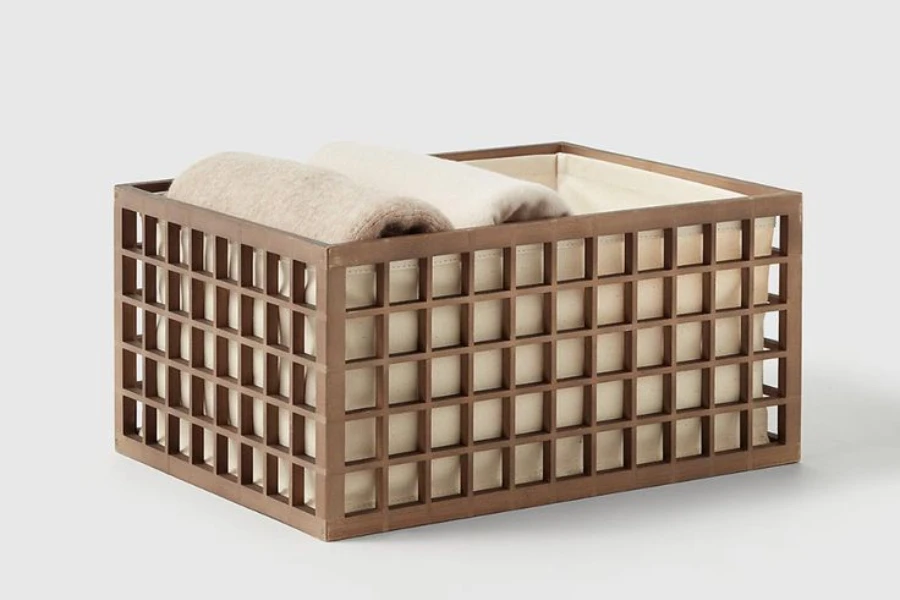
The landscape of storage solutions has seen remarkable transformations, with innovation at the forefront of design and functionality. This section delves into the advancements that are reshaping storage container designs and highlights the leading models that stand out for their innovative features and practicality in both home and office settings.
Innovations in storage bin design
Recent years have witnessed groundbreaking developments in storage bin design, with manufacturers responding to the evolving needs of consumers and professionals alike. One notable trend is the integration of smart technology into storage solutions. These high-tech containers offer features such as built-in humidity and temperature sensors, allowing for the monitoring of conditions inside the bin through smartphone apps. Such innovations cater to the meticulous requirements of storing sensitive items, including documents, electronics, or perishables, ensuring their preservation and longevity.
Additionally, sustainability has become a driving force in the design of storage containers. The market is now seeing an influx of products made from recycled materials or biodegradable composites, aligning with the growing demand for eco-friendly solutions. These containers are not only durable but also contribute to reducing the environmental footprint, marking a significant step forward in the industry’s approach to sustainability.
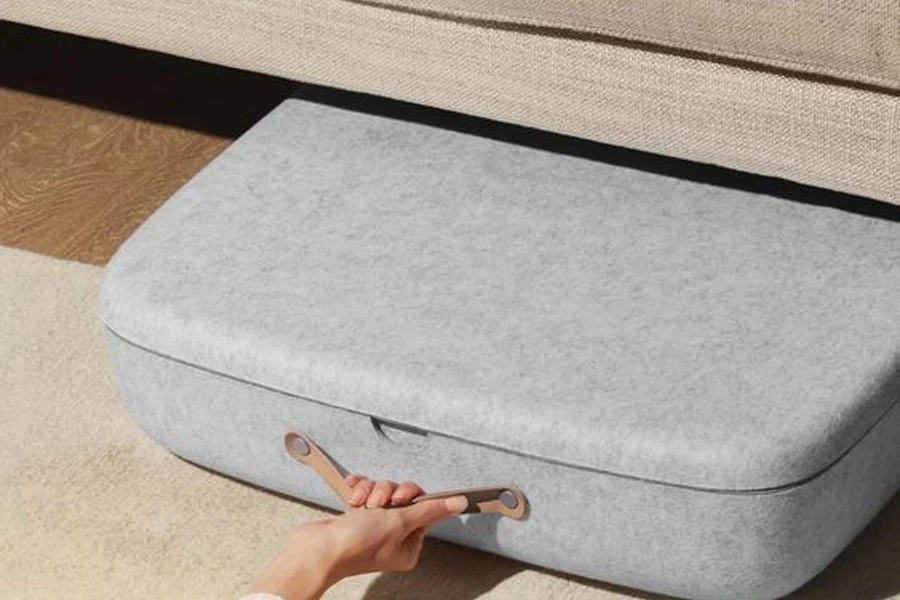
Top picks for home and office use
Identifying the best storage containers for 2024 involves a careful evaluation of design, functionality, and adaptability to different environments. For home use, containers that blend functionality with aesthetic appeal are highly sought after. Products like fabric boxes with decorative patterns and colors offer versatile storage solutions that can enhance the decor of any living space. They provide an ideal way to declutter while adding a touch of style to the home.
In the office environment, efficiency and organization take precedence. Here, clear plastic bins with modular stacking capabilities are favored for their ability to maximize space and keep supplies in order. These containers often come with features like label holders for easy identification, removable dividers for customizing storage compartments, and durable locking mechanisms to secure contents.
Among the standout models for 2024 are containers designed for specific uses, such as stackable bins with adjustable compartments for office supplies or crafts and airtight containers equipped with vacuum-seal technology for preserving foodstuffs in break rooms or pantries. These products exemplify how thoughtful design can meet precise storage needs, providing optimal solutions for both home and office settings.
As the storage container market continues to evolve, the emphasis on innovation, sustainability, and design excellence remains paramount. The leading models of 2024 demonstrate a commitment to meeting the diverse storage needs of modern lifestyles, offering solutions that are not only practical but also contribute to creating organized, efficient, and aesthetically pleasing spaces.
Conclusion
Through the exploration of diverse types, innovative designs, and strategic selection criteria for storage boxes and bins, the narrative underscores the essence of making informed decisions to meet organizational needs in 2024. As the market evolves, driven by technological advancements, sustainability concerns, and aesthetic preferences, the selection process demands a meticulous approach. Embracing these insights ensures not only the enhancement of organizational efficiency but also the elevation of aesthetic appeal within professional spaces, marking a stride toward optimized, future-ready storage solutions.
